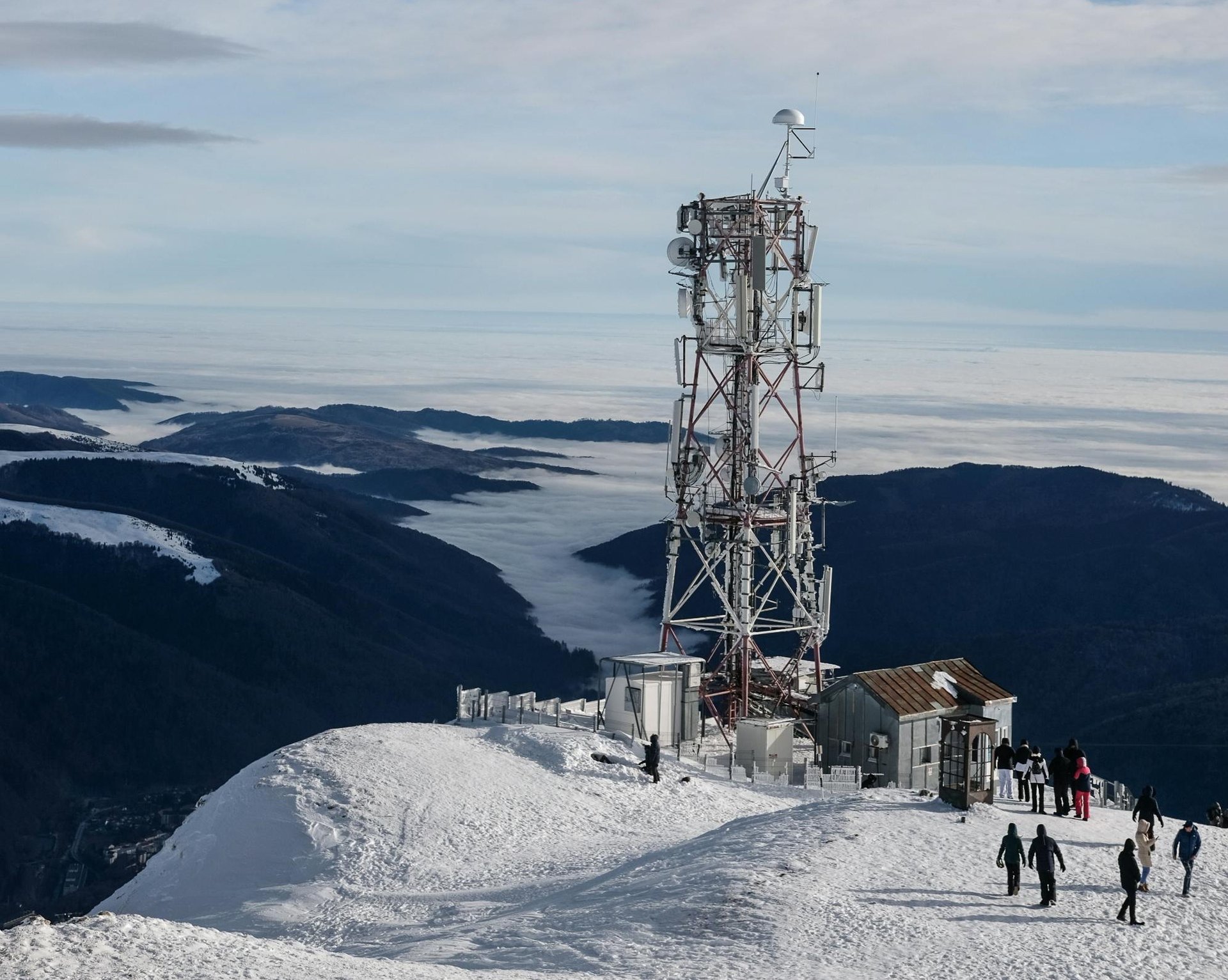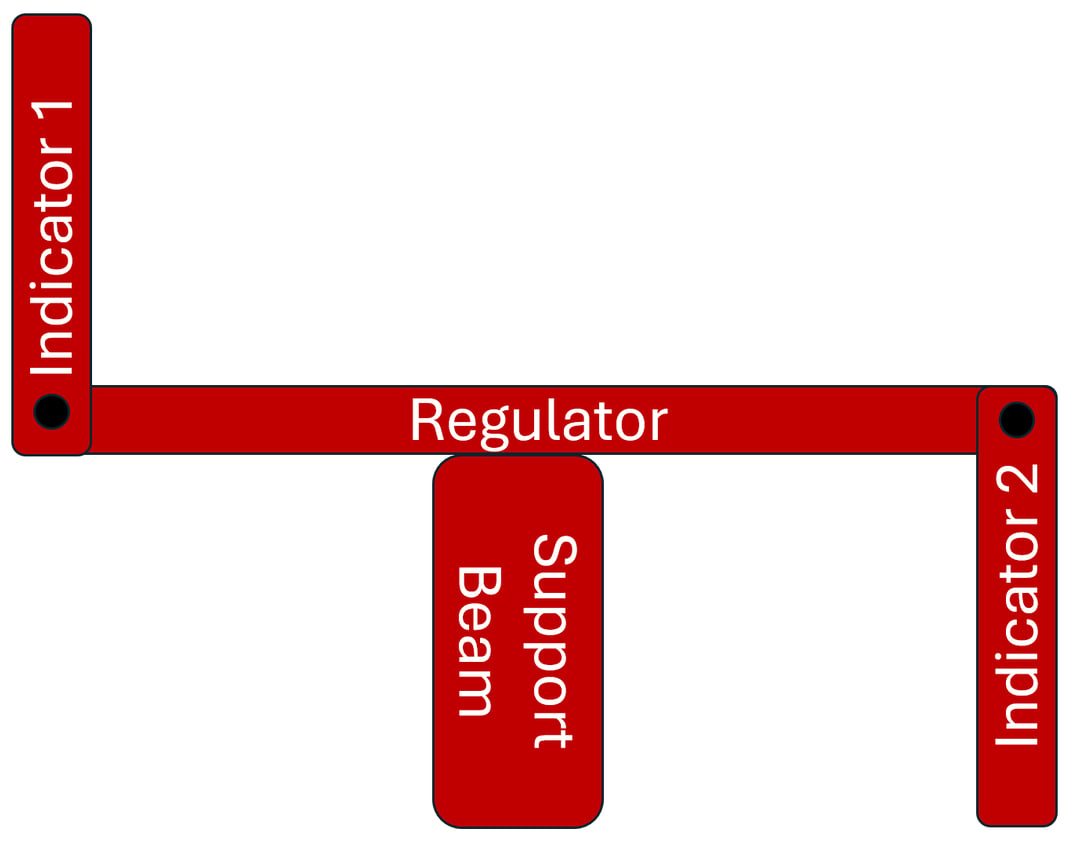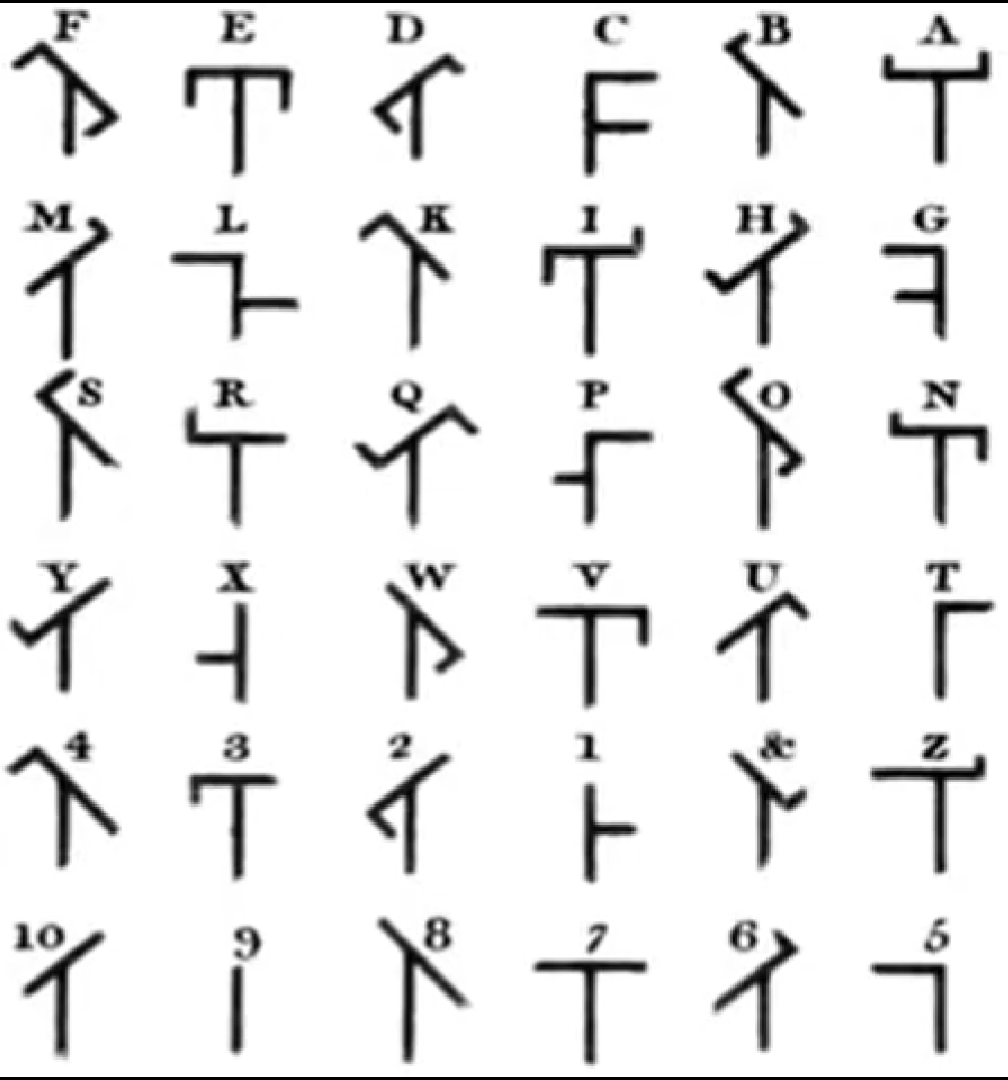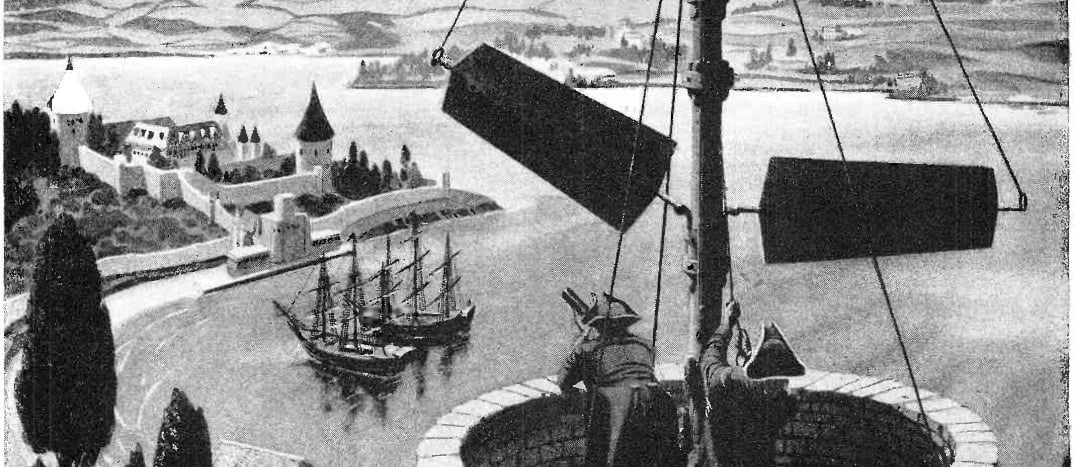
The Telecom Operators VBE Model Part 4 : Claude Chappes Optical Towers
Part 4 In this part we look at what will happen to Ericsson, Nokia, and Huawei’s VBE model if they do not change the model from a data pipe operator model to a model that adds Value using perhaps assets they sit on like the Identity and Data Enabler Supplier model. Here I take an example of Optical tower communication which started in 1792 in France by Claude Chappe and its drift into irrelevance as technologies developed. His communication method was adopted in France and was being used, but it faded away as better technology and use cases came with the Electric Telegraph. The existing equipment companies are not focused on value creation, but only on technology like faster data speeds and low latency without creating value models that will require these services.
Abhijeet Kelkar
4/2/20255 min read

Consequences of existing Telecom equipment providers not changing their VBE model from a Data Pipe Operator equipment supplier model to the Identity and Data Services enabler supplier Model.
My post content
There has been a similar VBE play in the telecommunications ecosystem when it was developing and let us visit what it was. That pattern is recognizable to the pattern we see today. Let us shift back in time to the 1790s and you would see a structure called the Optical Tower for communications in France
Communication is a basic right on which human society has worked across the ages from 5000 BC till today, except in earlier times the technology to communicate over distances was not there and the year is around the 1790s in France and the French revolution has taken place and Liberty Equality Fraternity are the "in" words. In 1790s the optical telegraph was invented by a Frenchman Claude Chappe. It was nothing more than towers being constructed every 10 to 15 kms away in line of sight as seen in the picture above, and each tower had semaphore indicators on top and a conventional code book to convey messages through the distinct positions of the semaphore indicators .and each tower had binoculars to look at the next Tower and read the messages it was sending.
Claude Chappes invention, an optical tower used for communication: A wooden beam with two moving Arms
The code was based on different configurations of the moving parts of the telegraph. The regulator could take two positions (horizontal and vertical) and each of the indicators could take seven positions. Thus, the total number of possible signals was 2 × 7 × 7 = 98. Six of these signals were reserved for service purposes, for example to signal "end of message" or to indicate an error or the absence of an operator. This left 92 signals, each associated with a number, used to communicate the message itself. On March 2, 1791, Claude Chappe sent the first message between Brûlon and Parcé, some 16 kilometres (10 miles) away. The message was: “Si vous réussissez vous serez bientôt couvert de gloire [If you succeed, you will soon bask in glory] Based on this the communication system was established between Paris and Lille to transmit messages over 230 kms using a series of optical communication towers 15 Kms away.
On August 15, 1794, the first official message was sent along the line to Paris, reporting the recapture of Le Quesnoy: “Austrian garrison of 3,000 slaves has laid down its arms and surrendered at discretion.” Was sent over the line to Paris. The message arrived an hour after the battle ended. A courier would have taken a further 10 hours to arrive.
The protocol used to transmit the messages across the optical towers was based on the positions of the hands of the 2 indicators and the regulator. And each optical tower had two telescopes focused on the earlier and next towers along a route and the protocol as below.
Each position of the regulator and two indicators represented an alfabet
The optical telegraph could not be transmitted on cloudy days or at night and then came the Electric telegraph, where the limitations of the optical telegraph was removed and replaced with Electric Telegraphs. The Electric Telegraphs did not require a human in each tower to transmit messages nor an upkeep of the Tower equipment's and could transmit messages in all weather conditions.
Now compare this with the next VBE model companies at the doorsteps of the modern day Optical Tower companies like Ericsson, Nokia and Huawei.These seem to be Claude Chappe type companies when the Electric telegraph arrives. We sell telecommunication equipment for which base stations have to be built every 50 Kms and maintained and every 10 years we will come up with upgraded data speeds and lower latency so that you have to replace all your existing G equipment and buy the latest equipment from us. When the Electric telegraph technology showed up the Claude Chappes Optical towers went out of business. The same situation seems to be coming with LEO satellite companies, Why build cell towers to provide connectivity in a certain area when the same connectivity can be offered from space. The VBE model of Telecom operators and of their equipment suppliers like Ericsson Nokia and Huawei is at an end stage, Having a tower in your near vicinity and having a tower in a low earth orbit satellite is not much difference in Bandwidth communication. If the LEO companies provide connectivity across the globe, then there is no infrastructure required to be put up on land with the associated costs of maintaining the Infrastructure and paying the leasing charges etc., of course there is continuity of service is easier in case the base tower goes down on land versus it going down in space. But having the communication in space removes the issues a telecom operator would have on land like rent, maintenance etc. The telecom operators business would perhaps just melt away if the LEO companies offer global connectivity to its user similar to the way the optical tower business went extinct after the electric tele graph came into existence. The Electric telegraph removed all the disadvantages of the optical tower communication, the need to have people in each optical tower and the issue that it could not transmit messages during the night or in bad weather conditions. For Ericsson, Nokia and Huawei's business, the government would get licensing fees from the LEO Satellite operators the consumers would get the connectivity levels from the LEO satellite companies, that fulfils the requirements of the consumer and the regulator and it leaves the Telecom operator and its suppliers in the same position that the Claude Chappes Optical towers were in once the Electric Telegraph arrived. With the Electric telegraph, you had to lay a physical electric cable between two places without needing intermediate points of communication in between. Thus was born the working transatlantic cable in 1890s exactly after the optical telegraphs of Claude Chappe in 1790s. The slogan for the advantage of the Transatlantic cable was "Two weeks to two minutes". So does the VBE model suggest that the Telecom equipment providers business is bound for extinction, No not if the Telecom equipment providers understand their VBE model and look at ways that could strengthen their VBE model.
The Telecom operators are sitting on 3 data oil field much closer than what the Low Earth Orbit satellite companies can connect with and that is
1. Verified identity of a user
2. Access to a user
3. Location of a user
Now this may not seem much, but the company which builds a VBE model around these three oilfields will harness the next data Oil boom and it leaves the field open for the Ericssons, Nokias and Huaweis to innovate. However they need to remove their heads from the sand and see around and find the options they have. The companies that address the above points will be the next telecommunications leader.
It will definitely not be Data Equipment suppliers VBE model of today where the telecom equipment companies come every 10 years to remove the old G technology and supplant it with the new data speeds they have just achieved. The question being asked by their buyers to them is what are the VBE advantages adopting your next G model be for us and our customers to whom we give services. More precisely What are the VBE model advantages adopting your next generation of G equipment be for us and our customers to whom we give services. That is the question they need to be prepared with.








Insights
Transforming business analysis for future resilience.
Consulting
Strategy
info@geoown.com
© 2025. All rights reserved.
